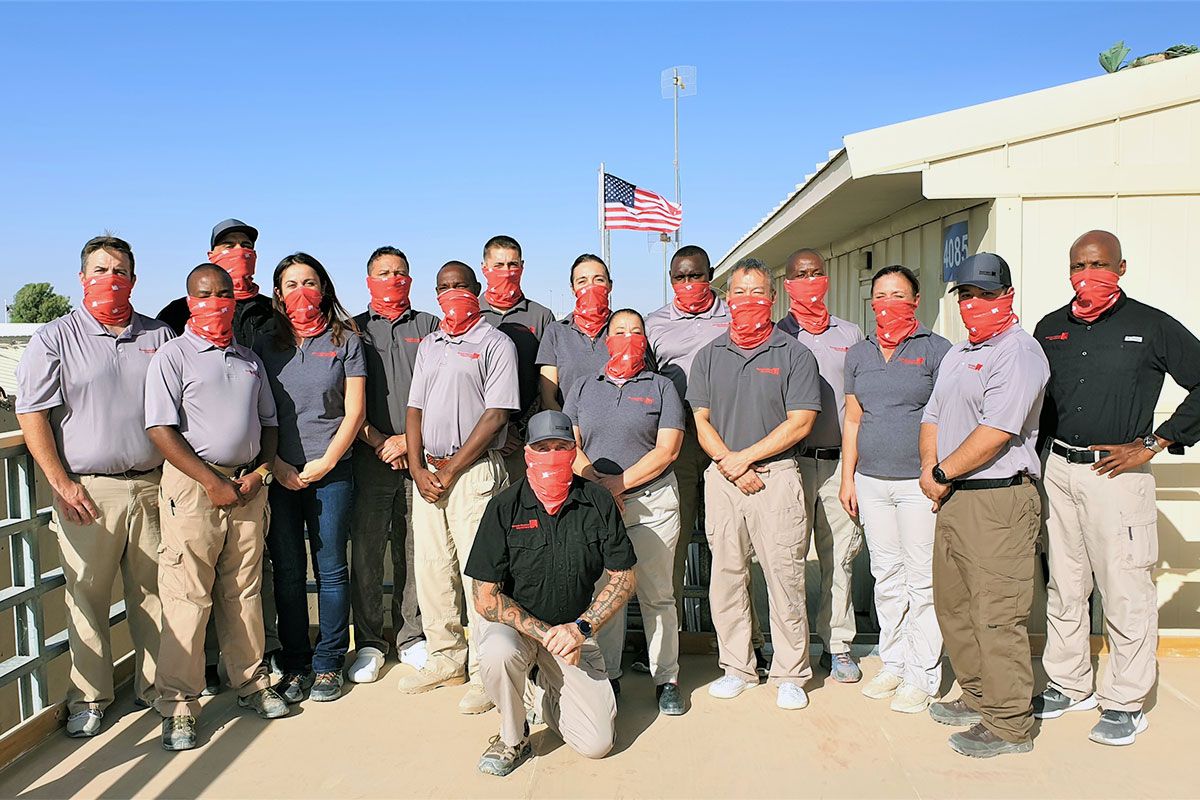The Air Force giant, a C-17, groans off the tarmac of a remote island in the Pacific ocean and quickly disappears into the horizon. Frigates will dominate the skies for two weeks or more as they loom over diminutive fairy terns. They soar for hours waiting for a moment to steal a fresh catch.
The visiting jet is gone, and we are again cut off from the world. I am the ambulance driver and entire emergency medical response team in a  1.5 million square mile range. As vast as this may sound, only a mere three miles of this area is land, and—with less than 500 souls to care for—most days are filled with checking material and updating stocks. I ensure whatever has gone out of date can be replaced in due time (“overnight” deliveries tend to arrive in about three weeks). The flight doctor and I keep banking hours in the clinic and are on call 24/7. I drive the ambulance down the fourteen miles of coast line and monitor the radio at all times. This is my first posting in an emergency response kayak.
I’ve barely sipped my first cup of coffee when the commotion begins. The radio squawk for medical support came only moments after the hydraulics failed and the crane came tumbling down. My reflex is to run to the scene, but I can see the workers approaching, and I’m reminded that readying the clinic must come first. The doc and I quickly swap stories of past structure collapse as we don our gloves and walk out to meet them, silently hoping that this story doesn’t end the way those did. One glance at the worker’s safety harness, blood stained as it is, Â and I know we’re going to be relatively okay. I go through the well rehearsed motions of ABC’s and vitals, finally asking the patient to remember a few words (purple, monkey, dishwasher) to recite to me later in the exam as a way of monitoring mental status changes.
After the bleeding is under control, I run through the normal musculoskeletal checks with an island twist. I ask the patient to bite down on a  tongue depressor as I push down on the other end until it cracks. His jaw is swollen and sore, but I am now certain it’s not fractured. A tuning fork on the elbow and later the ribs confirms that his humerus and rib cage are battered but unbroken.
An ophthalmoscope permits a glimpse of the optic disc. I see that there’s no swelling (papilledema), so we don’t have to worry about intracranial pressure. Naturally, it would be nice to have x-rays and a CT scan available, but we’re able to safely diagnose and monitor the situation without the extra two million dollars worth of equipment. Perhaps most importantly, we’re able to avoid a medical evacuation which, from this location, carries a price tag of $160K and would take at least three days.
Technology too plays a role and, in some cases, surpasses its mainland counterparts. In ten minutes, with half a tube of blood, I can run tests for lipids, a chem panel, troponin, and hematocrit. The ‘lab’ takes up less desk space than our well-worn copy of Gray’s Anatomy, and I don’t even have to stop monitoring the patient, it’s all in the same room.
A cast on his leg and a few house calls later our patient is on his feet and back to work. Planes need fueling, tests need to be run, and nature every day yearns to tear down buildings and reclaim the island for its own.
This island never closes, so neither do we.


